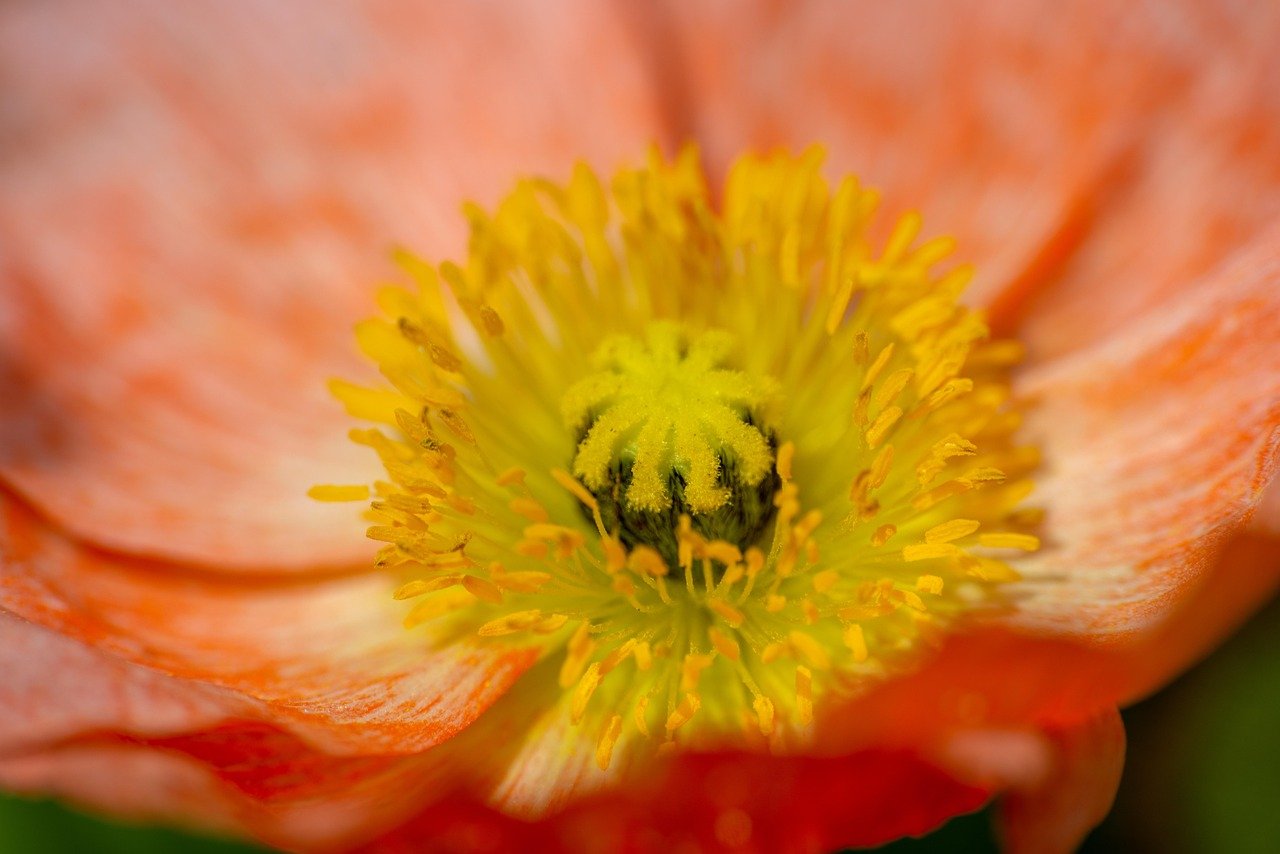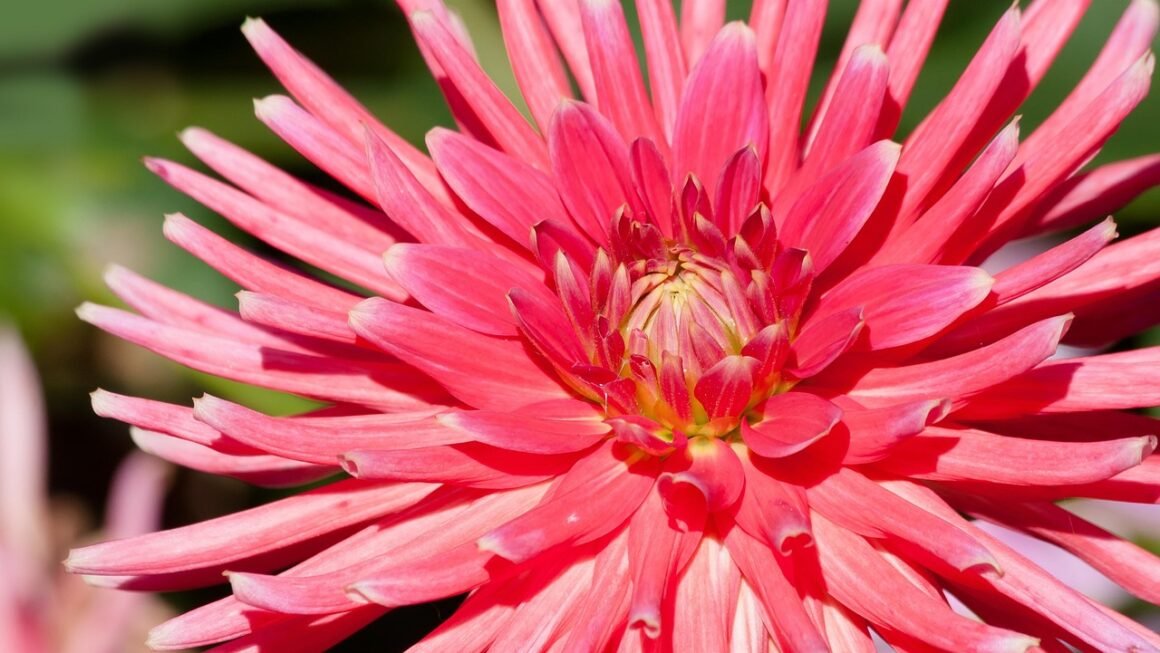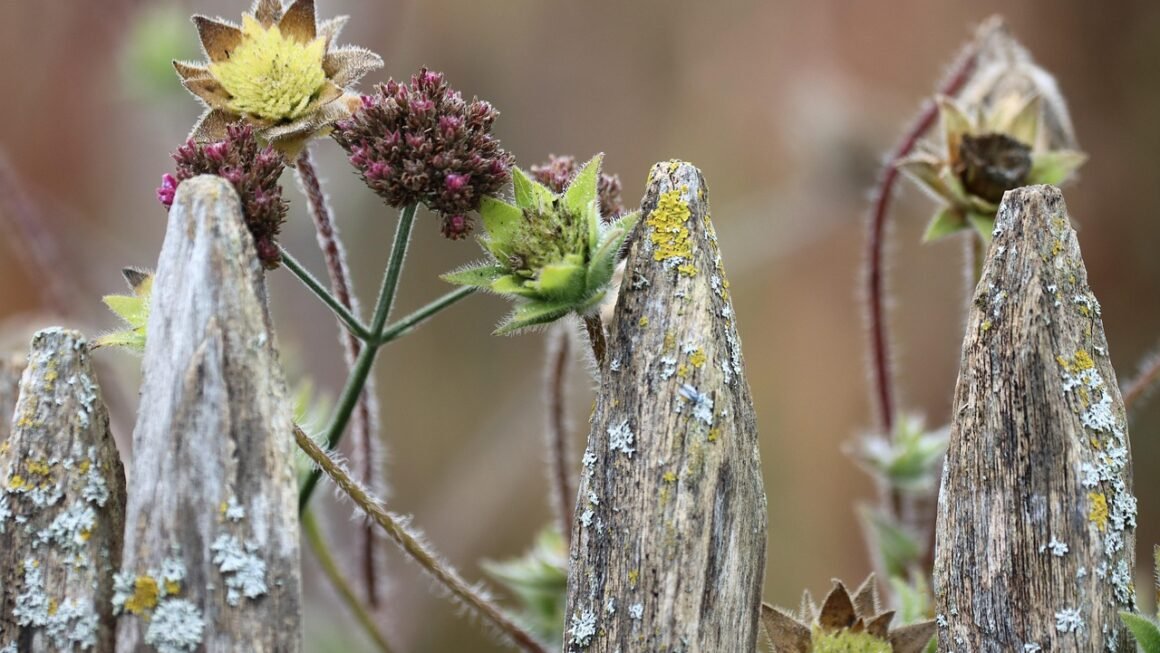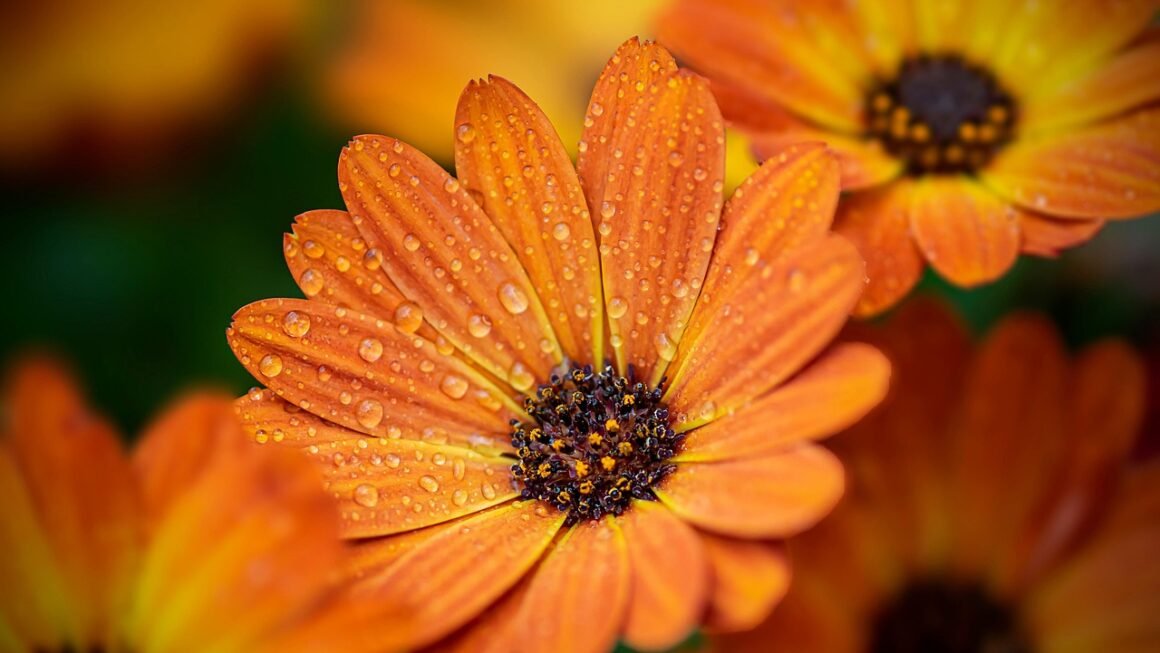Imagine a garden where every plant receives the precise amount of water it needs, resulting in lush growth and vibrant blooms, all while minimizing water waste. That’s the promise of a drip irrigation kit – a revolutionary approach to watering that’s transforming gardens and landscapes worldwide. Whether you’re a seasoned gardener or just starting out, understanding the benefits and components of a drip kit can significantly improve your gardening experience and contribute to a more sustainable environment.
What is a Drip Irrigation Kit?
A drip irrigation kit is a comprehensive package designed to deliver water directly to the root zone of plants, reducing water loss through evaporation and runoff. Unlike traditional sprinkler systems that spray water into the air, drip irrigation systems utilize a network of tubes, emitters, and connectors to slowly and precisely deliver water where it’s needed most. This targeted approach promotes healthier plant growth, conserves water, and minimizes weed growth by keeping the soil surface dry.
Key Components of a Drip Kit
Drip kits typically include the following components:
- Backflow Preventer: This device prevents water from flowing back into your main water supply, protecting your drinking water from contamination.
- Pressure Regulator: Drip systems operate at lower pressure than standard household water pressure. A pressure regulator ensures the system operates efficiently and prevents damage.
- Filter: This component removes debris and sediment from the water, preventing clogs in the emitters and prolonging the life of the system.
- Mainline Tubing: This is the primary water supply line, usually made of durable polyethylene. It connects to the water source and distributes water to the smaller distribution tubing.
- Distribution Tubing (Drip Line): This smaller tubing branches off from the mainline and runs along plant rows or individual plants.
- Emitters: Emitters are small devices inserted into the distribution tubing that release water at a controlled rate. They come in various flow rates (e.g., 0.5, 1, or 2 gallons per hour) to suit different plant needs.
- Connectors and Fittings: These include elbows, tees, couplings, and end caps, which are used to connect different sections of tubing and create a customized irrigation layout.
- Stakes and Supports: Used to secure tubing and emitters in place, preventing them from moving or getting damaged.
Benefits of Using a Drip Kit
- Water Conservation: Drip irrigation significantly reduces water waste by delivering water directly to the plant roots, minimizing evaporation and runoff. Studies have shown that drip irrigation can save up to 60% more water compared to traditional sprinkler systems.
- Improved Plant Health: Consistent and targeted watering promotes healthier root development and reduces the risk of overwatering or underwatering.
- Reduced Weed Growth: By keeping the soil surface dry, drip irrigation inhibits weed seed germination, reducing the need for herbicides and manual weeding.
- Cost Savings: Lower water consumption translates to lower water bills. Additionally, reduced weed growth minimizes the need for costly herbicides and labor.
- Easy Installation: Most drip kits are designed for easy DIY installation, requiring minimal tools and technical expertise.
- Automated Watering: Drip systems can be easily automated with a timer or controller, providing hands-free watering and ensuring consistent irrigation even when you’re away.
Choosing the Right Drip Kit
Selecting the appropriate drip kit depends on several factors, including the size and layout of your garden, the types of plants you’re growing, and your specific watering needs.
Consider Your Garden Size and Layout
- Small Gardens or Container Plants: A basic drip kit with a limited number of emitters and tubing is sufficient for small gardens or container plants.
- Medium to Large Gardens: Consider a more comprehensive kit with longer tubing and a greater number of emitters to accommodate the larger area.
- Unique Garden Layouts: Choose a kit that allows for customization, with flexible tubing and a variety of connectors to adapt to irregular shapes and tight spaces.
Identify Your Plant Types and Watering Needs
- Vegetable Gardens: Vegetable plants typically require more frequent and consistent watering. Choose a kit with adjustable emitters that allow you to increase the flow rate as needed.
- Flower Beds: Flower beds often benefit from a lower flow rate to prevent overwatering and promote healthy blooms.
- Trees and Shrubs: Trees and shrubs require deeper watering to encourage strong root growth. Consider using bubblers or adjustable emitters with a higher flow rate.
Evaluate Water Pressure and Flow Rate
- Water Pressure: Check your water pressure to ensure it falls within the recommended range for the drip kit. Most kits require a pressure regulator to maintain optimal performance.
- Flow Rate: Calculate the total flow rate of the emitters in your system to ensure it doesn’t exceed your water source’s capacity.
- Example: Let’s say you have 20 plants and each plant requires 1 gallon per hour (GPH) from the emitter. Your total flow rate will be 20 GPH. Ensure your water source can provide this flow rate to operate the system effectively.
Installing Your Drip Kit: A Step-by-Step Guide
Installing a drip kit is a straightforward process that can be completed in a few hours.
Preparation
- Gather Your Materials: Ensure you have all the necessary components from the drip kit, as well as any additional tools such as a hose cutter, pliers, and a screwdriver.
- Plan Your Layout: Before you begin, map out your garden and determine the best placement for the mainline tubing, distribution tubing, and emitters.
- Assemble the Backflow Preventer, Pressure Regulator, and Filter: Connect these components in the correct order, following the manufacturer’s instructions.
Installation
Practical Tips for Successful Installation
- Use a Hole Punch Tool: Using the tool designed for creating holes for emitters ensures the perfect size and prevents leaks.
- Warm the Tubing: If the tubing is stiff, warm it in the sun for a few minutes to make it more flexible and easier to work with.
- Consider Using a Timer: Automate your drip system with a timer to ensure consistent watering and save water.
- Monitor Plant Health: Regularly check your plants for signs of overwatering or underwatering and adjust the emitter flow rates accordingly.
Maintaining Your Drip Kit for Longevity
Proper maintenance is essential for ensuring the longevity and efficiency of your drip irrigation system.
Regular Inspections
- Check for Leaks: Regularly inspect the tubing, connectors, and emitters for leaks and repair them promptly.
- Clean the Filter: Clean the filter regularly to remove debris and prevent clogs. The frequency of cleaning will depend on the quality of your water source.
- Monitor Emitter Performance: Check the emitters to ensure they are functioning properly and delivering water at the correct rate.
Winterization
- Drain the System: Before the first freeze, drain the water from the system to prevent damage from ice expansion.
- Disconnect Components: Disconnect the backflow preventer, pressure regulator, and filter and store them indoors.
- Flush the Tubing: Flush the tubing to remove any remaining water and debris.
Troubleshooting Common Issues
- Clogged Emitters: Clean clogged emitters with a small wire or needle. You can also soak them in vinegar to dissolve mineral deposits.
- Low Water Pressure: Check the pressure regulator and ensure it is functioning properly. Also, check the filter for clogs.
- Leaks:* Repair leaks with appropriate connectors or by replacing damaged sections of tubing.
Conclusion
A drip irrigation kit is a valuable investment for any gardener looking to conserve water, improve plant health, and reduce maintenance. By understanding the components, selecting the right kit for your needs, and following proper installation and maintenance practices, you can enjoy the benefits of efficient and targeted watering for years to come. Take the plunge and experience the difference a drip irrigation system can make in your garden – you’ll be amazed by the results!




